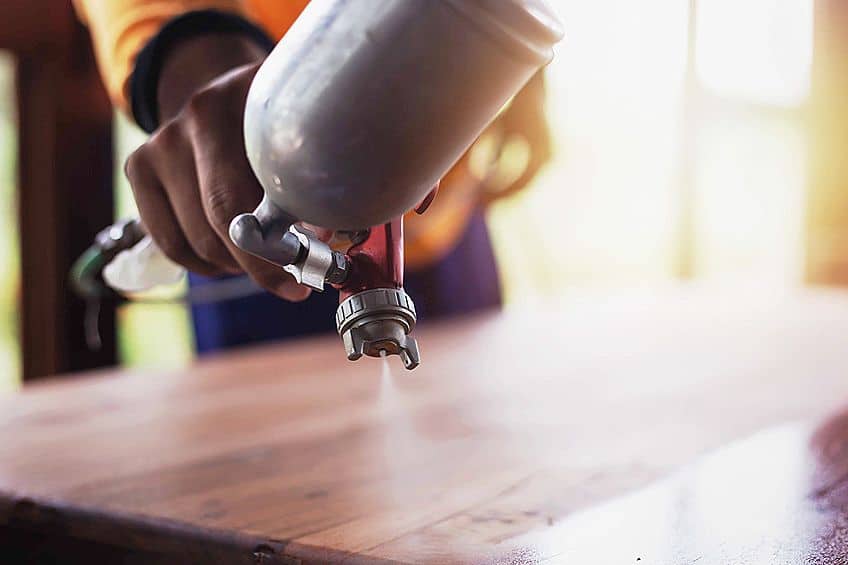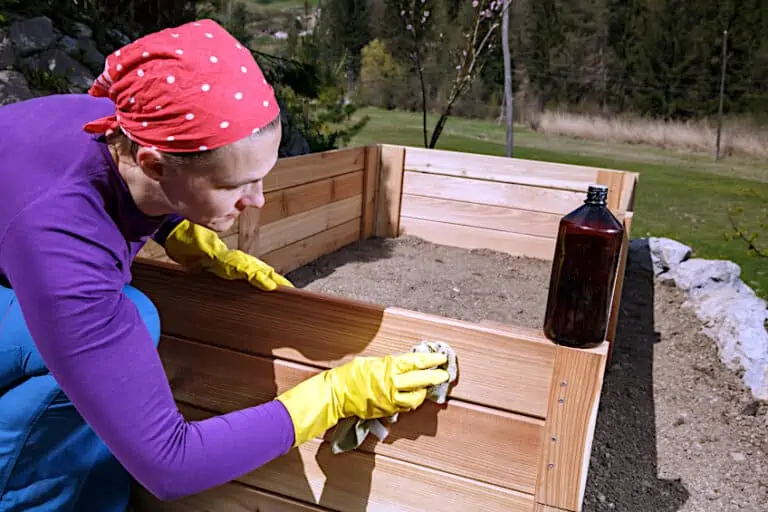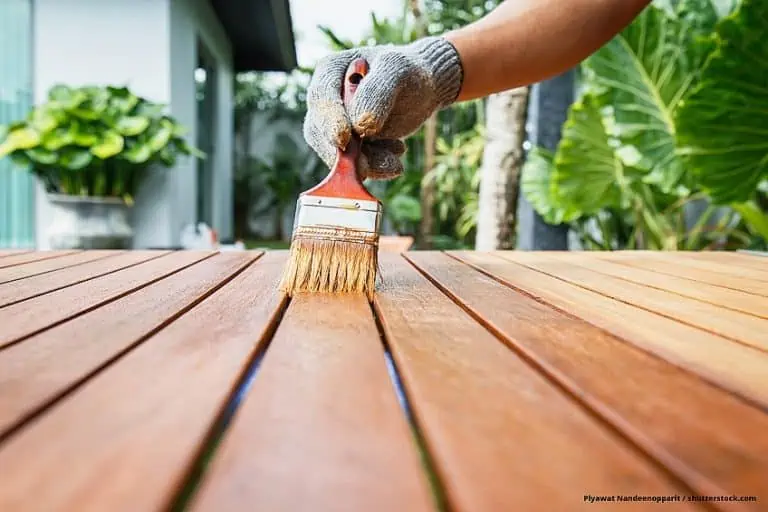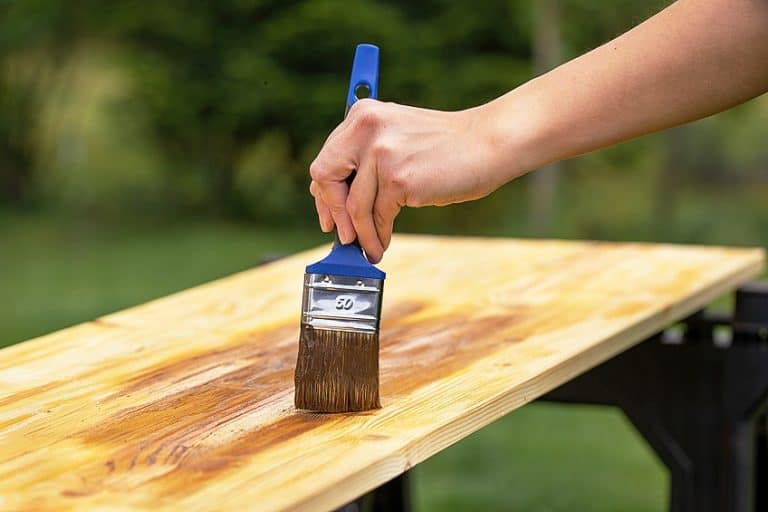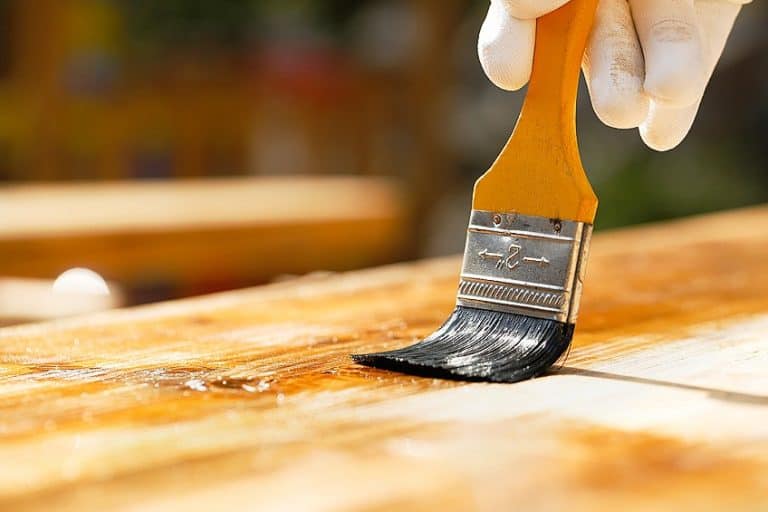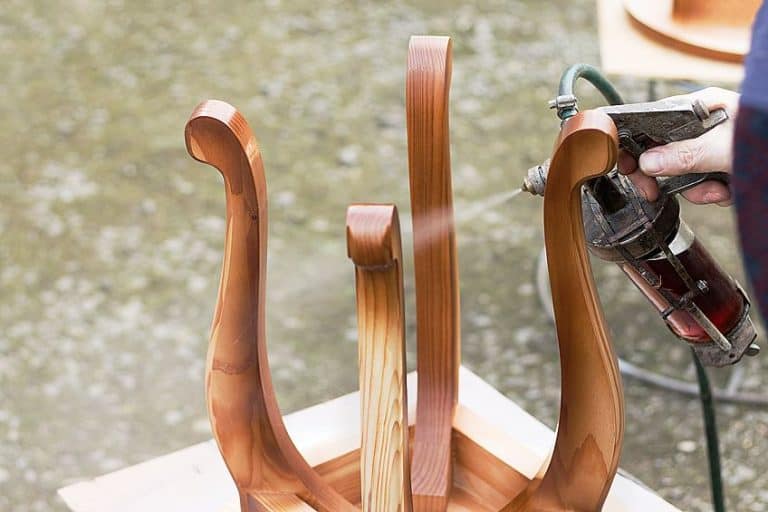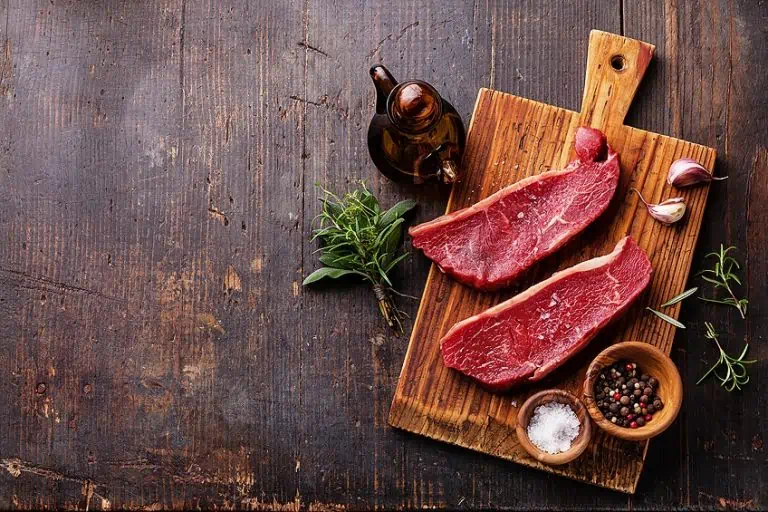Lacquer vs Polyurethane – When Should You Use Polyurethane vs Lacquer
Every one of us enjoys the feeling when we view the result of a hard day’s work, especially if it involves bringing life back into older pieces of furniture, or an unappreciated oak flooring. But we all hate that annoyance we feel if the job we did was not done properly and needs to be done again sooner than we thought. There is an abundance of products available which offer an array of protective stains and sealers and you might find the choice overwhelming to make. To seal or to seal? That is the… Well, you know how it goes. If you are stuck with the decision between Polyurethane vs lacquer then you are on the right page. We have compared the differences for you so you can decide, poly over lacquer – or the other way around.
Table of Contents
What Is Lacquer?
Lacquer, not to be confused with varnish for its durability and consistency being much thinner, nor to be confused by shellac which is categorized independently regardless of its similarity. Lacquer is produced traditionally as sap by a tree from which it gets its name, the lacquer tree.
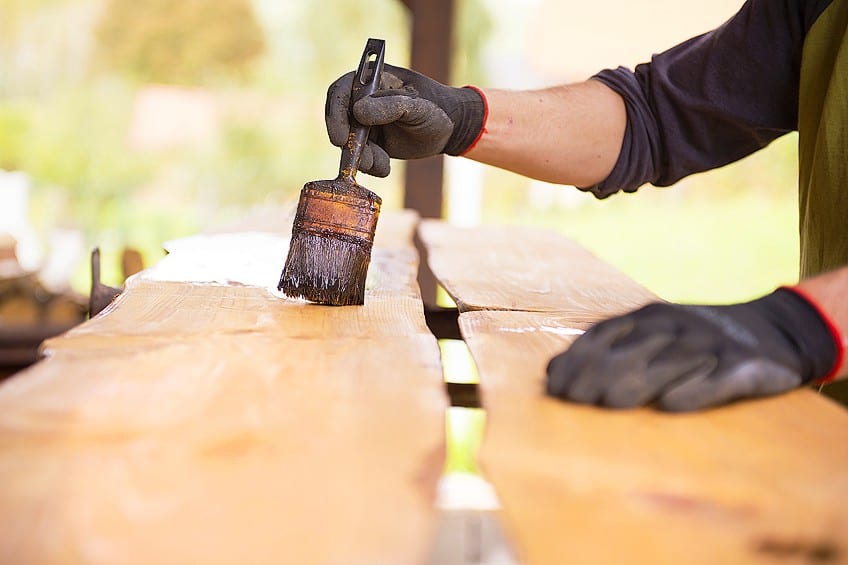
Resin is harvested from the lacquer tree sap to be refined into a lacquer thinner. In today’s times, synthetic lacquers have been made with many different purposes and benefits too. Below are the alternative lacquer types you can find.
- Water-based lacquer
- Acrylic lacquer
- Catalyzed lacquers
- Nitrocellulose lacquer
Acrylic Lacquer
Acrylic lacquer pretty quickly, and if the yellowing effect that comes with nitrocellulose lacquer products is less desired by you then this is a great option. This is because of the acrylic-based resin that is found in the formula which gives an opaque-transparent appearance as a finish. CAB-acrylic lacquer is the most sought-after version.
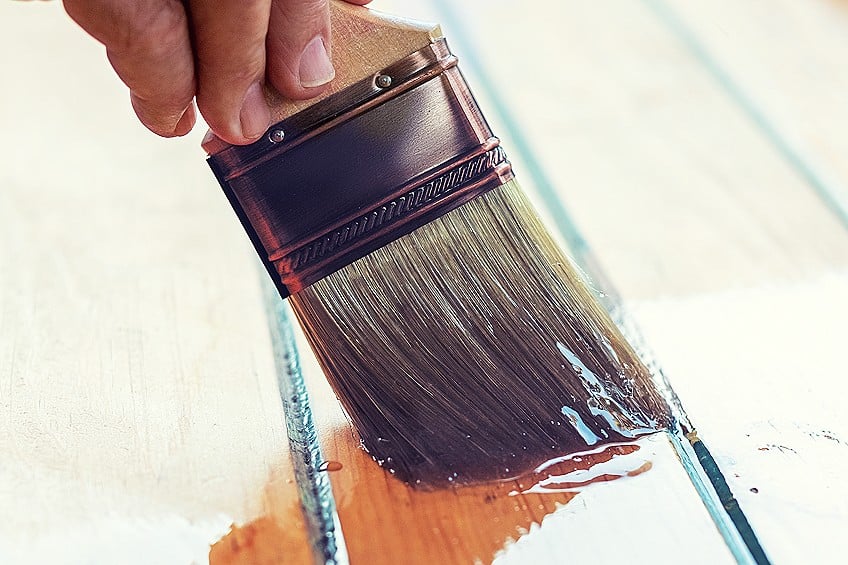
Besides the drying time, another plus is that this lacquer is not as delicate because of its flexibility when it dries. It is designed for multiple purposes like coating your patio decking, indoor countertops, furniture -you name it. It may not be the most affordable option but it can easily be applied with a spray canister and you have the choice to thin it down to the preferred consistency.
Water-Based Lacquer
If your heart is with saving the planet then a water-based lacquer is the one for you! Not only are they non-toxic but they are also not as flammable and this poses a great benefit to drier climates that are prone to fires. This type of lacquer has grown in popularity amongst furniture, repair, or construction businesses that use wood.
Water-based lacquer might be the safest option available but adequate safety measures should still be practiced.
Nitrocellulose Lacquer
Only since the modern-day influx of alternative lacquers being made available, for many generations nitrocellulose lacquer was used most commonly. One amazing thing is that this lacquer has plant-based solutions like nitric and sulfuric acids, as well as cotton which helps break down the nitrocellulose and acts as the emulsifier. Like most lacquers, it is remarkably fast drying which makes it great for busy businesses in the furniture and automotive industries.
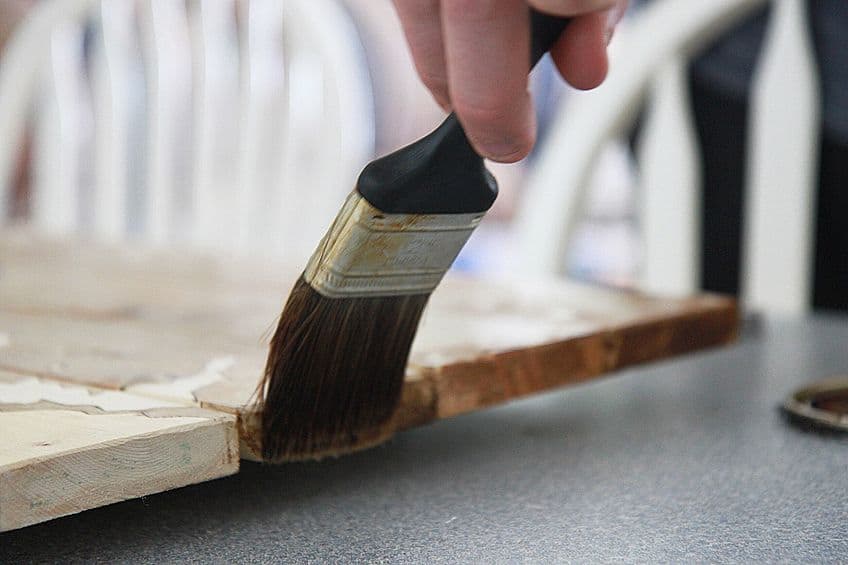
An amazing benefit that seriously saves you time is that you only need to paint one coat! Time is not the only thing you save with Nitrocellulose Lacquer, but money will be saved too as it is not too pricey. There a few downsides to these acrylic lacquers, which are that this lacquer might “shrink” forming cracks, it’ll fade into a yellow tinge over time, it can be scratched easily, and is particularly sensitive to heat… which ultimately causes the shrinking and cracking effect. If you end up with an opaque finish it is because moisture got trapped during the application. You can fix this with a slower-drying thinner to make the consistency of the lacquer thinner.
Catalyzed Lacquers
Catalyzed lacquers contain not only nitrocellulose-based resins but also urea-based resins which adds to its hardiness and prolonged lifespan. The chemical is able to cure once an acid catalyst is added to the lacquer. You can either buy the catalyst and mix it in yourself, or there is the option to buy a pre-catalyzed lacquer that has been mixed in the store. If you choose the post-catalyzed lacquer which you mix yourself, then be aware of your proportions so read the instructions carefully.
Catalyzed lacquers are particularly impervious to scrapes, scratches, or damages of any kind, as well as liquid-proof.
Advantages and Disadvantages of Using Lacquer
In the question of what is lacquer? There are only vague answers because of the diversity in the different types of lacquers. Even though they may be designed with different formulas they are primarily based on the prevention of the same aspects. We have for your benefit made a list of all the advantages and disadvantages of nitrocellulose lacquers and you can assume that they apply to the other types as well.
PROS
- Transparent when it dries, making it perfect for indoor usage
- Spray application creates smooth results
- Fast-drying in only 10 minutes
- Resistant to liquids
- Can help keep wood strong
- Comes with various finishes
- Easily found internationally
- More affordable
CONS
- Harsh amounts of VoCs (Volatile Organic compounds are intense)
- Fades into a yellow tinge
- Needs at least three or four coats
- Not friendly on the environment
- Safety measures must be practiced for health reasons
- Regular dusting is needed
- Particularly prone to scrapes and scratches
- Heat and chemicals pose a threat
- Flame prone
- Water gets rapped causing an opaque finish
What Is Polyurethane?
Polyurethane is basically just plastic which is in a liquid form. It is revered by professionals to be the optimal protective coating for wood, plastic, metal which has been primed, paper, some fabrics, and rubber. It is a thicker consistency to lacquer but you can make it match the lacquer’s consistency in order to apply it with a spray canister.
There are two options which are water-based or oil-based as well as different finishes from matte to shiny.
Oil-Based Polyurethane
If you are needing an extremely durable finish you should be using an oil-based polyurethane is not only is it an excellent option because it dries nice and slowly, much quicker than the water-based option. Please understand that for health reasons, you should always work where ventilation is good. Do not forget your protective gear! Oil-Based Polyurethane is not only toxic but has a strong odor. The extra durable top of Polyurethane is absorbed into the wood while it seeps and absorbs into the wood.
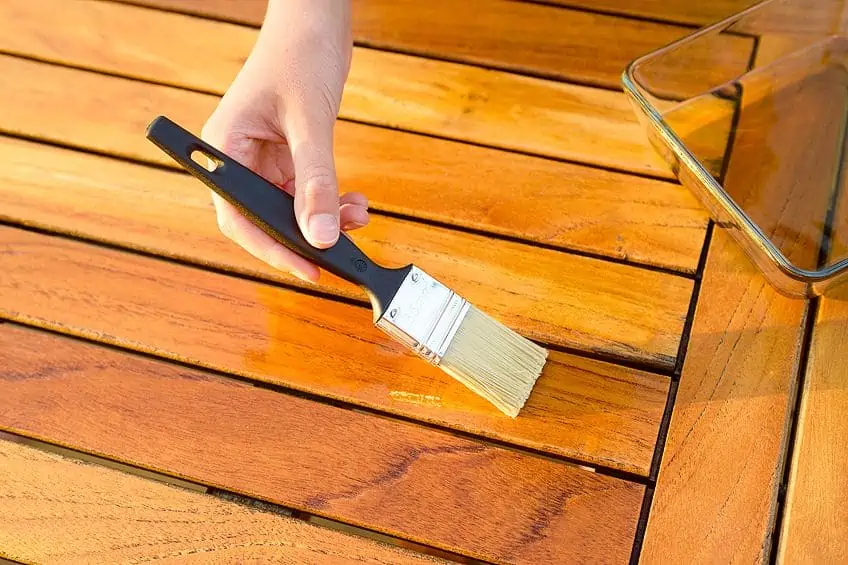
There are of course some minor disadvantages when using an oil-based polyurethane. And, that disadvantage is that it tends to yellow if you have applied it on a light-colored wood. You will also need mineral spirits for any clean-ups. For both wooden floors and tables, Oil-Based Polyurethane copes well with and handles heat well. What makes oil-based polyurethane so great is how well it handles moisture enabling you to use the product on your patio area if you so wish! Not forgetting that it is also much more affordable than water-based polyurethane products!
Polyurethane Water-Based
This option is and should be more preferred for its eco-friendly and less-toxic aspects. It should not be painted on surfaces that are exposed to heat like in the kitchen or your workshop because it is sensitive to it. It might dry a bit faster than its oil-based counterpart but lacquer still dries faster than both.
One benefit is the easy clean-up you can expect when you’re done.
Polycrylic
This is the most friendly of all the polyurethane products in the environment, as it is the least toxic out of both water and oil-based polyurethanes and it omits the least smell. Its initial drying time is only two hours although it will still need to cure, which takes up to 24 hours.
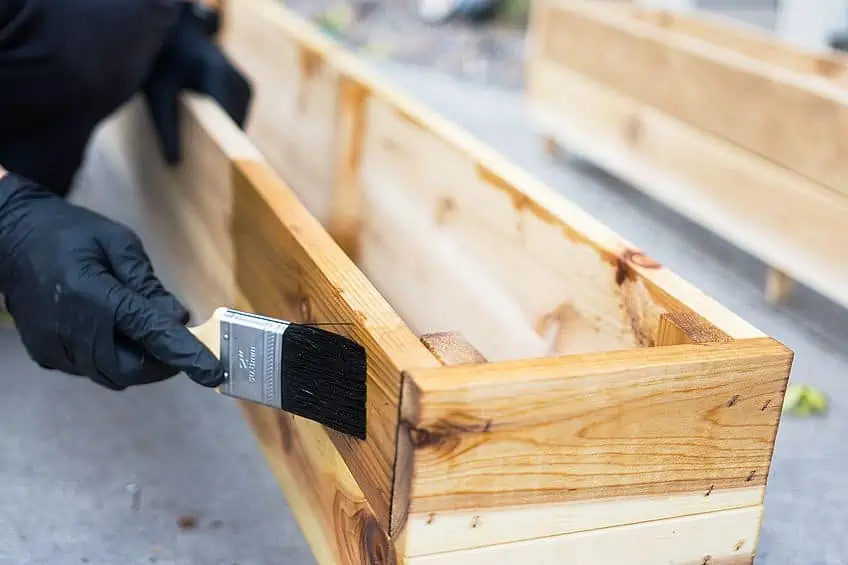
Polyurethane Advantages and Disadvantages
Of course when deciding on which product to use you should always size up the advantages and disadvantages of each option. Each product has the same primary function, it does however offer different levels of durability and finishes. Having a look below we will show you some of the pros and cons of polyurethane.
PROS
- Oil-based polyurethane is durable and heat-resistant
- Water-based poly and polyacrylic are less toxic and produce fewer odors
- Water-based poly and polyacrylic dry quickly
- Very hardy
CONS
- May go a yellow tinge if painted on lighter surfaces
- Safety measures must be practiced
- Not as resistant to heat
- Not as hardy, or long-lasting
- Long drying and curing time
Polyurethane vs Lacquer
There is nothing more frustrating than not being able o understand the labels on the different products. We all hate it when we have started a project and realized the product we bought was not up-to-scratch or not what we expected.
Have a look at our handy table below which indicates the results you can expect from either product type. You will see that despite both these options form a hard coat sealant, there are still a few differences that must be noted.
These differences are especially noticeable when it comes to consistency and drying times. There are also a few differences and similarities when it comes to brushing lacquer vs polyurethane. The application will depend on the product you buy, so remember to read the label before purchasing.
| POLYURETHANE | LACQUER | |
| How to apply | ● If spraying it will need to be thinned out ● Can also be wiped or bruised on. | ● Must be applied in thin coats for even appearance ● Can be brushed on but spraying is the better choice. |
| Time to dry | ● Polycrylic cures in 24 hours but dries in 2 hours only ● Water-based cures in 30 days but can dry in 4-8 hours. | ● Five or ten minutes to dry |
| Viscosity | Thick | Thin |
| Various uses | ● Polycrylic – indoor tasks ● Oil-based – Outdoor & indoor tasks ● Water-based – mostly indoors unless it suggests differently | ● Best suited for indoor jobs like wooden furniture. ● There are some outdoor options available |
| Hardiness | Polyurethanes that are oil-based are the most durable | Chemical, scratches, and heat-sensitive |
| Appearance | Gloss or semi-gloss, satin or matte finishes to choose from | Extremes of high gloss and matte finishes |
| Toxicity | ● Water-based – Lesser amounts of toxicity ● Polycrylic – Least toxic ● Oil-based – Vey toxic | The water-based option has the least amount of VOCs |
| Cost | More pricey | More affordable |
Lacquer Application Instructions
This is the best option to get if you are all about convenience. This is because of its easy-to-use thin consistency which enables it to be applied from a spray can which is the easiest method for getting a smooth and even layering. It is, however, more suited to smaller surface areas as it is harder to get that smooth appearance in a larger one. When spraying you must always wear a respirator mask to protect your lungs from breathing any fumes from the spray canister, as well as a protective eye mask for any lost vapors which can seriously impact your eye-sight.
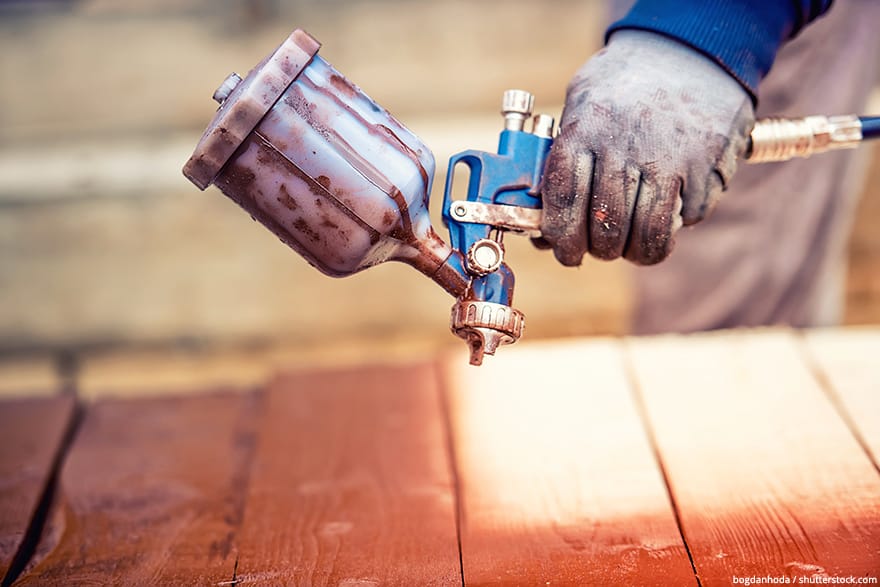
You will need to work quickly as brushing on lacquer vs. polyurethane dries extremely fast. But an even coat is easily accessed because of the thinness inconsistency. In terms of the choice of which brush to use, it is about the quality because the more worn your brush is, the more bristles it leaves behind so make sure you get a proper brush that comes recommended.
Less is more with lacquer and the best worker has nimble fingers.
If you are putting the comparisons together, poly over lacquer? Or Lacquer over poly? In terms of the application, lacquer is the simpler option because a thinner is not needed to make it go through a spray nozzle. Even if you are not spraying but rather brushing then you will be pleased to notice fewer residual brush-strokes, bear in mind to keep practicing your horizontal brush motions as opposed to the vertical ones.
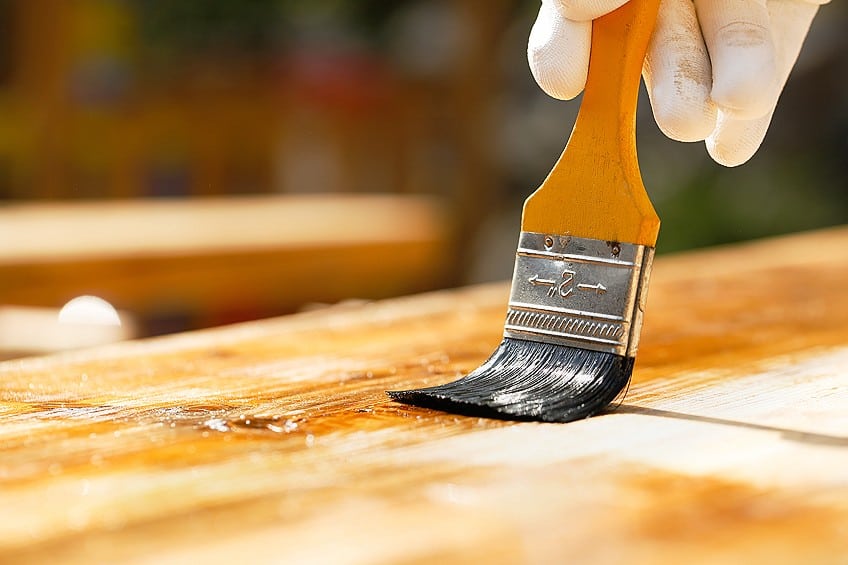
As with many projects, the wooden surface must go through some preparation before it is ready to be lacquered. In order to do this, you must sand down the surface to get rid of any unevenness. Once this is completed, you must dust off and clean up any dust particles from the dusting in order to start the lacquering.
Once your first layer of lacquer has been applied and you have waited for the appropriate drying time another bout of sanding is needed. Use sandpaper of 320-grit to give it a light smoothing off. Naturally, you must wipe off any dust left over from that sanding and then apply the next coat. Repeat this process until you are satisfied with your result – usually after three or four coats.
Polyurethane Application Instructions
When you are using an oil-based polyurethane you must use a natural-bristle brush and a nylon-bristled-brush for the water-based polyurethane products. There are those who prefer alternative methods of applying polyurethane like that of foam brush or a roller or maybe even wiping it on with a cloth.
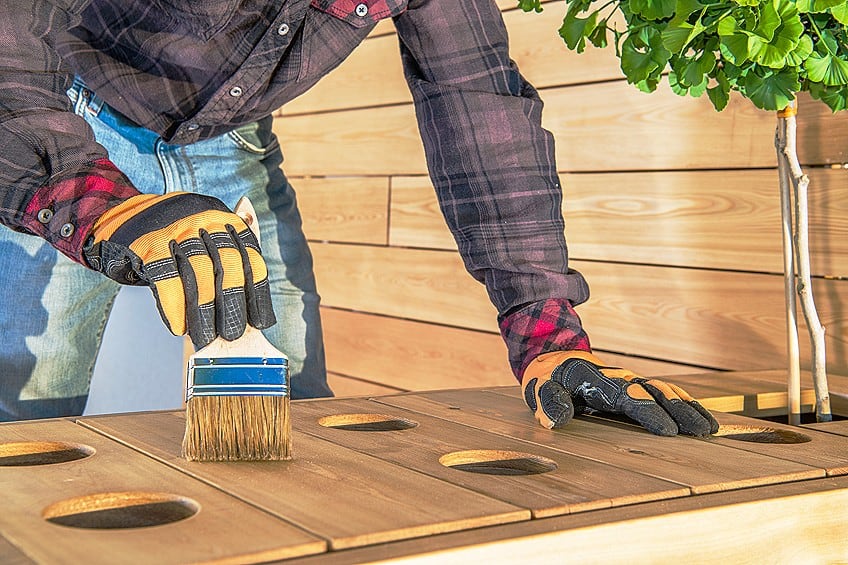
The initial preparations for the wooden surface area are first in need of a sanding down to make it smooth, as well as a layering of wood-grain-filler. Make sure you clean up the surface of any residual dust particles from the sanding before the next step.
The next step would be the polyurethane! It is best executed when you work with the grain, so paint in that direction using big, long motions to ensure an even surface. Once the first layer has been allowed to dry for the correct amount of time ten a light sanding down is needed. This helps the two layers adhere. Using sandpaper of 320-grit you can, very gently, sand down the surface and clean up the dust after. Once that is complete you can add one more layer but these two coats should be sufficient.
If you are working with a surface of much detail and it is a vertical job, then a wipe-on polyurethane is your best option.
Applying Polyurethane Over Lacquer
If you are trying to give your surface even more protection then you must first be wary of the type of coating you are covering. This is because a layer of poly over lacquer might not be the brightest decision because you will find that the adhesion process did not work. The polyurethane coating will eventually start to flake off which is not ideal. In this case, your better option is an alkyd-resin varnish because it sticks to the lacquer better but always remember that lacquer will break down the finish of varnish so it should never be painted over a varnish.
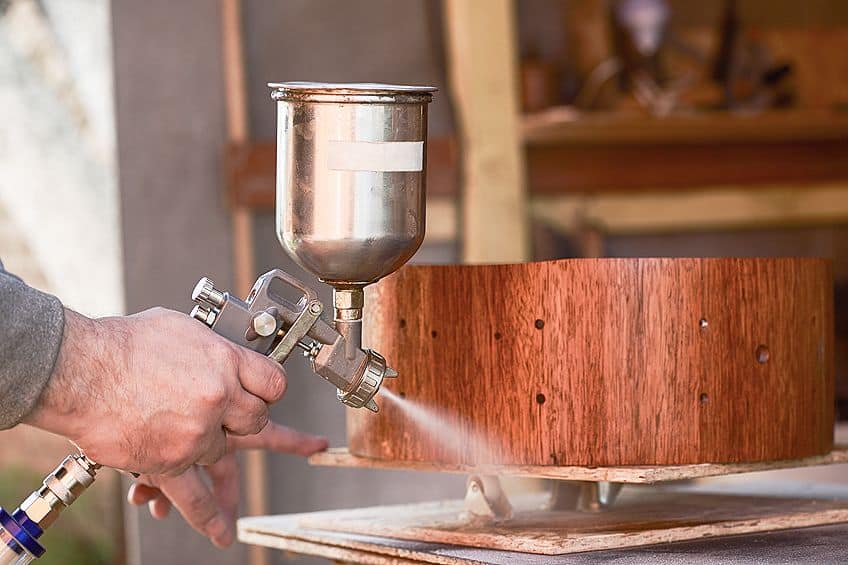
As a precautionary method to protect your surfaces from shortening the lifespan of your protective layering, you should avoid putting heated items onto the surface as it is not heat resistant. Make use of those coasters your mother-in-law bought for your birthday that you thought were such a waste – it really is not! Ultimately, you have the decision to choose not to add a layer of poly over lacquer and this is not an uncommon decision because of the differences in the compound.
When you need to add a protective layer to your wood you have two great options. The choice between lacquer and polyurethane is yours, but you can use our recommendations and buying considerations to help you
View our Difference Between Polyurethane and Lacquer web story here.
Frequently Asked Questions
What Is Lacquer?
Lacquer is a protective layering, or a finish, which comes in different variations like acrylic lacquers, nitrocellulose lacquers, or a water-based lacquer. When dried it has a remarkable capability to protect your wooden furniture, floors, doors, whatever you wish to paint, your wood will be protected from bumps or any form of abrasion. Its appearance is transparent when applied correctly, hard, and shiny.
What Is Polyurethane?
Polyurethane could be described as plastic in liquid form. It comes in the option of oil-based or water-based. Both types form a hard layer that makes your surface impervious to damages of any kind, or resistant to spilled liquids. These days you also have the option of a polyacrylic polyurethane which is known for its flexibility.
How Water-Resistant Is Lacquer?
There are some products that are more resistant to the absorption of liquids, but, all of them provide some sort of this protection. The instructions of every product are of the dire importance of reading, in order to make sure you understand the capabilities of each product. There are some products that are better suited for indoor use and vice versa.
Can I Apply Only one Layer of Lacquer?
One coat will not be enough to fully protect your wooden surfaces. In order to be optimally protected you need to paint at least three or four layers. If you are doing the spray option the layers are very thin so you might even need to apply up to six coats with this method.
Can a Brush Be Used to Apply Both Poly and Lacquer?
The best and most recommended method for applying either your lacquer is the spraying method, however, the brush-on method is best suited for polyurethane. Both can be done in either method as polyurethane can be thinned out so it can go through a spray, and lacquer has the option of purchasing brush-on types.
When Polyurethane Dries, Is it Still Toxic?
Protective gear is needed like a respirator mask so you do not breathe in the fumes, and protective eyewear and gloves. This is because before the lacquer dries it can be a harmful substance but as soon as it has dried and cured it is no longer harmful.
Is Sanding Needed Between Polyurethane Coats?
Polyurethane needs to be sanded down in between each coat in order to promote the adhesion of each layer. You can use sandpaper with a grit of 320 and make sure to clean up the dust residue after you sand before you paint the next layer.

I have been into woodworking since 2005 and woodturning since 2011. Because of my love for wood and woodworking, I started woodhappen.com to teach other enthusiasts about how to finish and seal wood, the best woodworking tools, the different types of wood, and everything else related to woodworking! Read more about me here.

